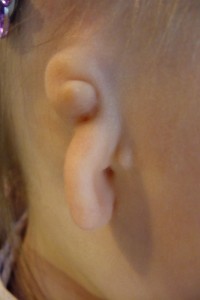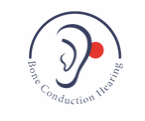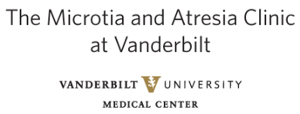What is Microtia / What is Atresia?
Microtia is a congenital anomaly affecting the outer ear (pinna) where the ear does not fully develop during the first trimester of pregnancy. A Microtia ear is often smaller in size, can have a peanut shaped appearance, only have a small nub or lobe present, or be completely absent at birth. Microtia is Latin for the words micro and otia, meaning “little ear.” Microtia can affect one ear (unilaterally) or both ears (bilaterally). Microtia occurs in every 1 out of 6,000 to 12,000 births. The right ear is more commonly affected. Microtia is often accompanied by Atresia.
Atresia (also known as aural atresia) is the absence or closure of the external auditory ear canal. The malformation of the middle ear bones (incus, stapes, and malleus) may be affected including the narrowing of the ear canal, known as canal stenosis. Atresia is Latin for absence of an opening.
- Microtia & Atresia: Where Do I Begin?
- Emotional Support
- FAQ's About Microtia
- FAQ's About Atresia
- Surgical Options
- Articles on Microtia & Atresia
- Associated Conditions/Syndromes
- Terms and Definitions
- More information
Additional search terms that might help a new parent find there way to this page and some answers: micro ear, small ear, absent ear, missing ear, missing external ear, absent auricle, missing pinna, no ear, peanut shaped ear, peanut shaped vestibule, peanut shaped vestige, small peanut vestige, partially formed ear lobe, malformed ear, ear condition, abnormally shaped ear, deformed ear, ear deformity, ear defect, canal stenosis, stenoic canal, collapsed canal, narrow canal.











Leave a Comment
You must be logged in to post a comment.